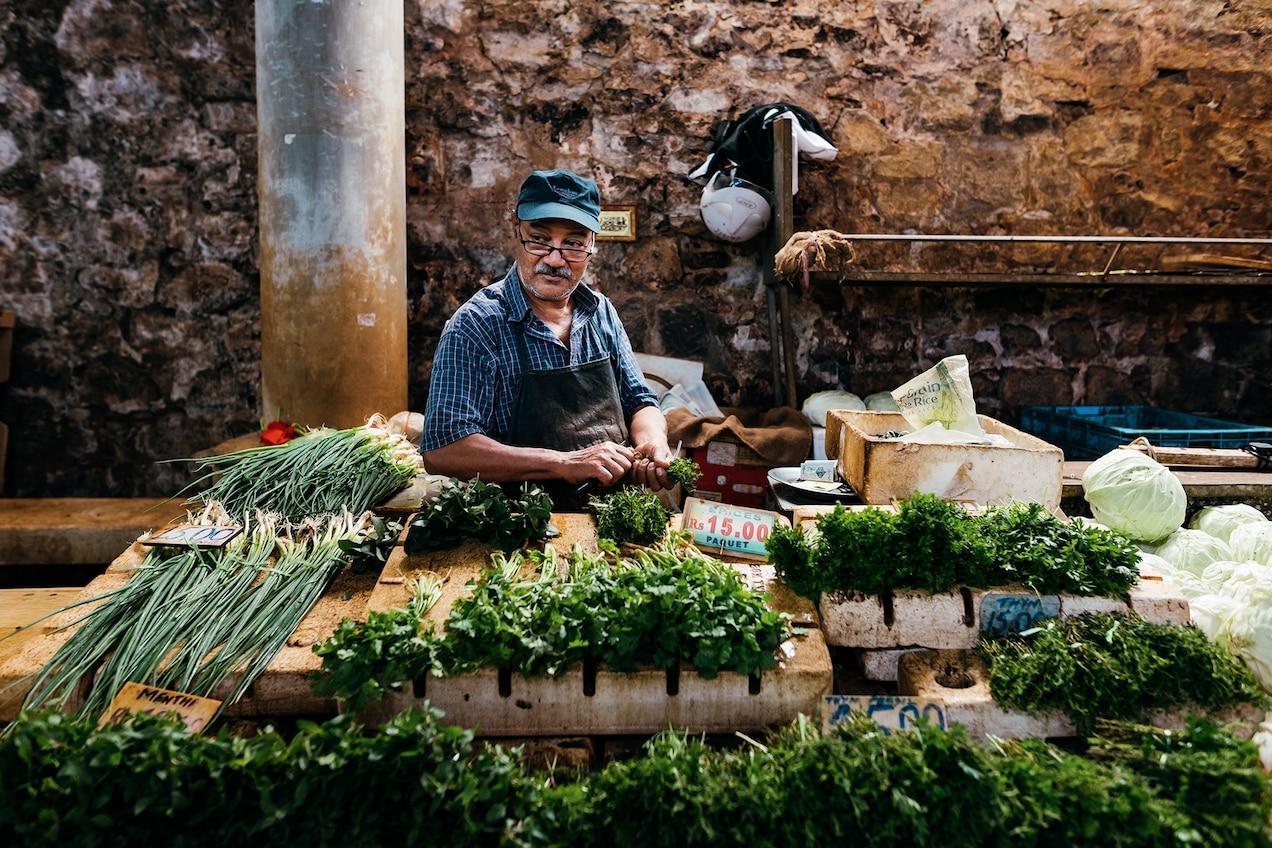Africa-Press – Mauritius. Mauritians can trace their roots to Madagascar, Zanzibar and East Africa, to the four corners of India and southern China and to the Malay Peninsula and Europe— the legacy of centuries of colonial rule.
Now their island’s streets are lined with temples, churches and mosques, alongside roti stands, bistros and noodle houses. Baby Allken owns a prime piece of Port Louis real estate: a fruit stall at the entrance to the capital’s Central Market fresh produce hall.
The market was established around the 1840s and some structures from that colonial era remain, including wrought iron gates crowned with ‘VR’ decorative accents in a nod to Queen Victoria. And it’s for her that the Victoria pineapple, which grows in Mauritius and is smaller and sweeter than other varieties, was named.
As well as island-grown guavas, crisp apples and lychee-like longans — which locals know as ‘dragon eye’ after the Chinese name — 66-year-old Baby’s stall is popular for its prepared Victoria pineapple drizzled with sticky, sweet-and-sour tamarind syrup and finished with a sprinkling of a salt and powdered chilli mix — a treat known as pineapple (or anana) confit.
The Allken family has been a fixture here in the market for almost a century, and Baby himself has been here for half that time — alas, his daughter and son have successful careers in international banking, so aren’t likely to take over the stall when he retires.
For More News And Analysis About Mauritius Follow Africa-Press







